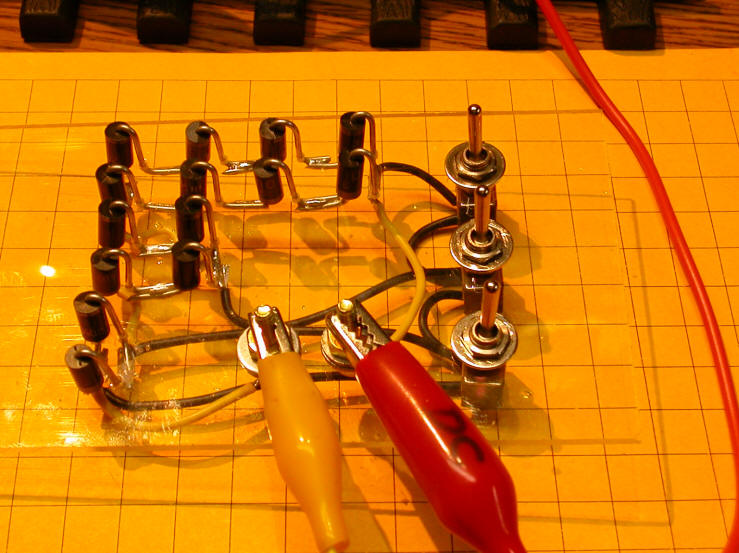Hey folks! I’m working on an indoor LGB G Scale layout that’s about 16’ x 9’. It’s an over-under layout. I have a 4% grade to get up and over a trestle then back down 4%. I’m running a LGB Stainz model 2020, with a few cars behind it with track power. In the flat spots and up the grade I have a nice consistent speed, but then on my down-slope, it gets a little fast…well because of gravity. I was under the impression that the Stainz locos were worm-gear driven, so my down hill speed would be somewhat limited. I’m trying to come up with other ideas on limiting the down-hill speeds. So far, I’m considering isolating the downhill slope piece of track and running a separate transformer at a lower voltage, or perhaps wiring that section off the same transformer, but behind some power resistors.
Anyone have any better suggestions?
